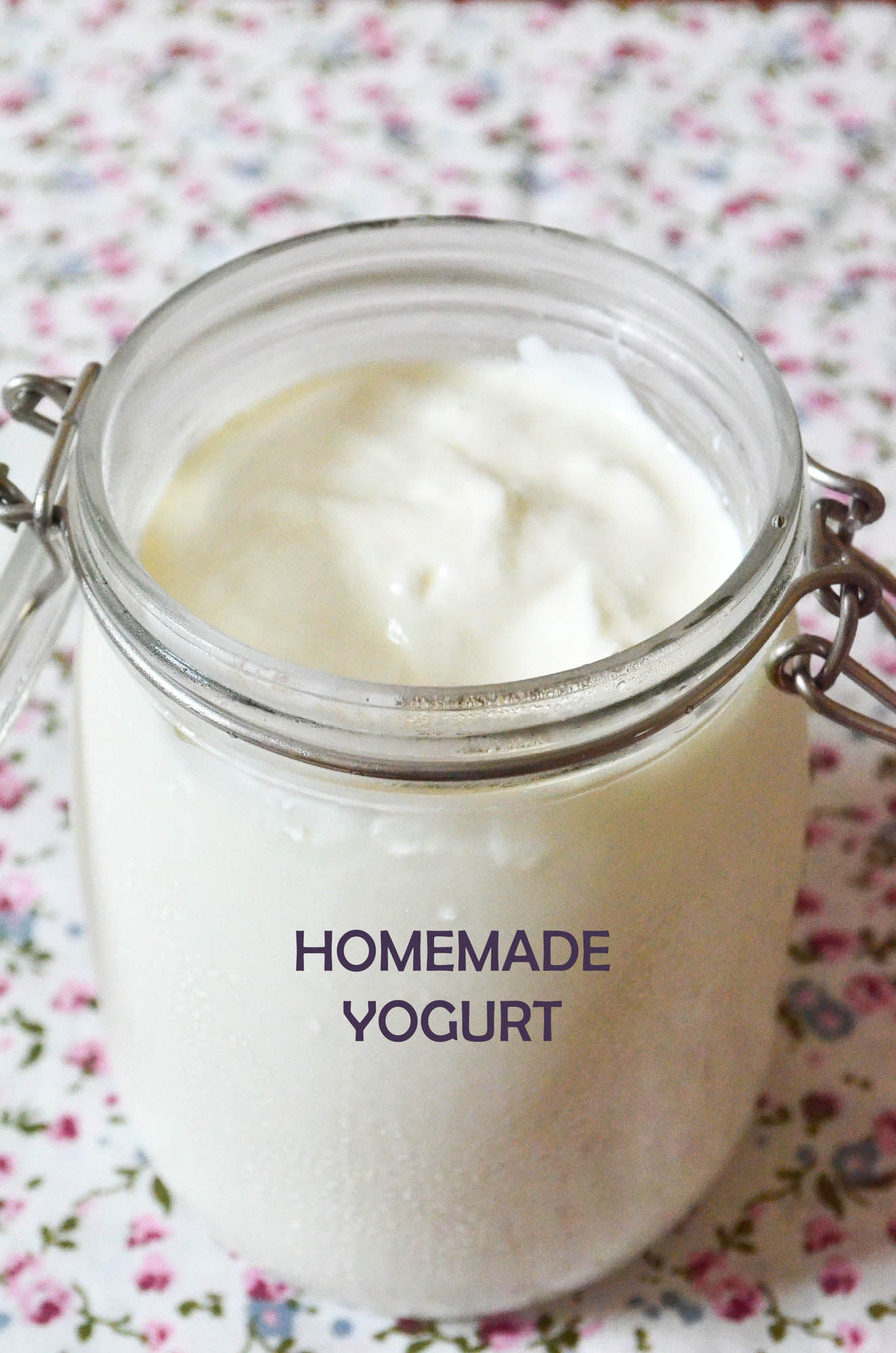Indian homes have yogurt or curd as an integral part of their diet. It is usually set at home using a small amount of the curds from a former batch as a starter. The yogurt is usually made in small batches everyday and eaten plain unsweetened as well as a variety of raita, made into delicious shreekhand, lassi, smoothie, kadhi or other preparations.
Yogurt has great health benefits. It is an excellent source of protein, calcium, riboflavin and vitamin B 12. When yogurt is compared to milk, yogurt contains more calcium and protein because of the added cultures in the yogurt.
You can make yogurt in your own home for a fraction of the cost of the typical store-bought type and it requires no special equipment (other than a thermometer).
Makes about 500ml
1. Heat the milk to just under boiling point, then allow to cool to body temperature.
2. Stir or whisk in the yogurt. Cover and leave in a warm place for 4 -5 hours (like a box lined with cushions or wrapped in newspaper and a blanket) or place in an oven set at around 43-45 degree Celsius. Another options is to place the yogurt in jars in a pan of water on the stove and maintain the temperature by using a thermometer.
3. Test if the yogurt is thick enough by holding the pot sideways – the yogurt will separate from the edges. If it is not thick enough, hang in a muslin cloth to drain more of the fluid (be careful not to hang it for too long because then it will turn into yogurt cheese).
Tips
– You can use low-fat milk or even goat’s milk… however, full-cream milk gives a thicker consistency.
– Use yogurt which contains ‘live’ cultures. It is normally indicated on the label.
– Once you get into the routine of making your own yogurt you can use some of the previous batch to make your next one (you can even freeze it!), but eventually you will need to buy another tub of commercial yogurt as the bacteria lose their power.
Storage
– The yogurt will keep in the fridge for 1 week.
To add more yogurt to everyday diet, here are some healthier alternatives and tips:
– Replace mayonnaise and salad dressings with yogurt
– Replace ice cream and milkshake with frozen yogurt and mixed fruit yogurt smoothie
– Make dips with yogurt instead of sour-cream
– Try using yogurt cheese instead of cream cheese
– Use to marinate meat and poultry
– Yogurt can also be stove cooked, but it will curdle if heated to too high a temperature or boiled. Adding a tablespoon of cornstarch into each cup of yogurt before cooking it, can prevent this problem.





